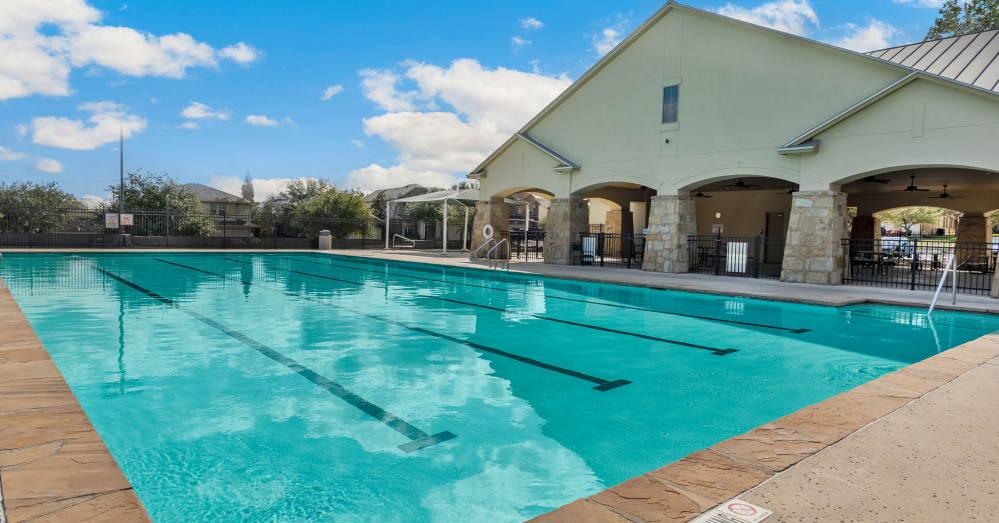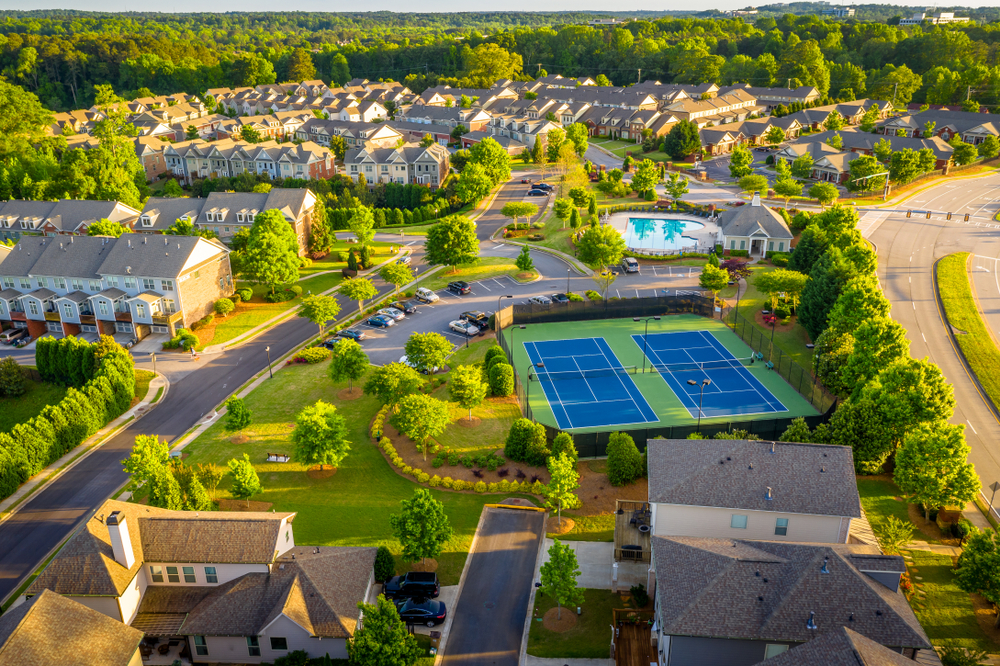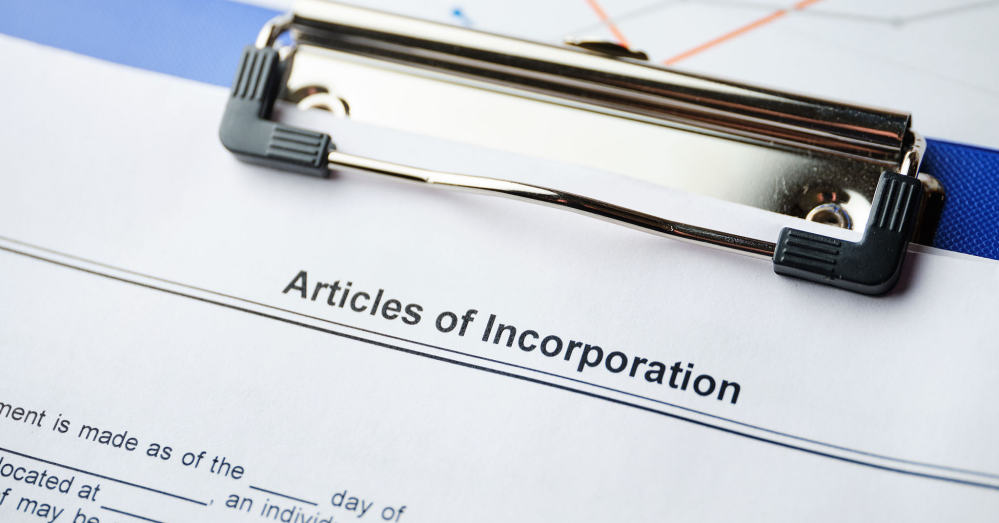
Common Mistakes in HOA Management and How to Avoid Them
Homeowners associations (HOAs) play a vital role in maintaining and improving the quality of life in residential communities. However, even the best-intentioned HOA boards can

Homeowners associations (HOAs) play a vital role in maintaining and improving the quality of life in residential communities. However, even the best-intentioned HOA boards can

A POA’s governing documents, also referred to as the dedicatory instruments, are composed of a variety of document types that form the foundations for the

In today’s competitive landscape, the quality of services vendors provide can make or break an organization. The relationship between an association and its vendors is

More than half of the owned households in America belong to a Homeowners’ Association (HOA), communities that have long been a topic of both admiration

The clock is ticking, and pool season is almost here! To help your HOA board with these final critical days, we’ve prepared a quick, last-minute

Summer is a wonderful time for any neighborhood, as we get to know each other and engage in all kinds of family fun. Soon, your

The articles of incorporation, also known as the certificate of incorporation, charter, or corporate charter, is a legal document that establishes the formation of a

A homeowner’s association (HOA) annual meeting is an important gathering for making decisions that affect the community. A quorum must be present to ensure that




Please note that maintenance action will be taken in accordance with direction provided by the Association’s Board of Directors.


Have a management question? We'd love to help! Fill out the form below and we'll get to back to you as soon as we can.


Please note that a fee may be charged to your account for pool and gate keys in accordance with Goodwin & Company’s association management contract.